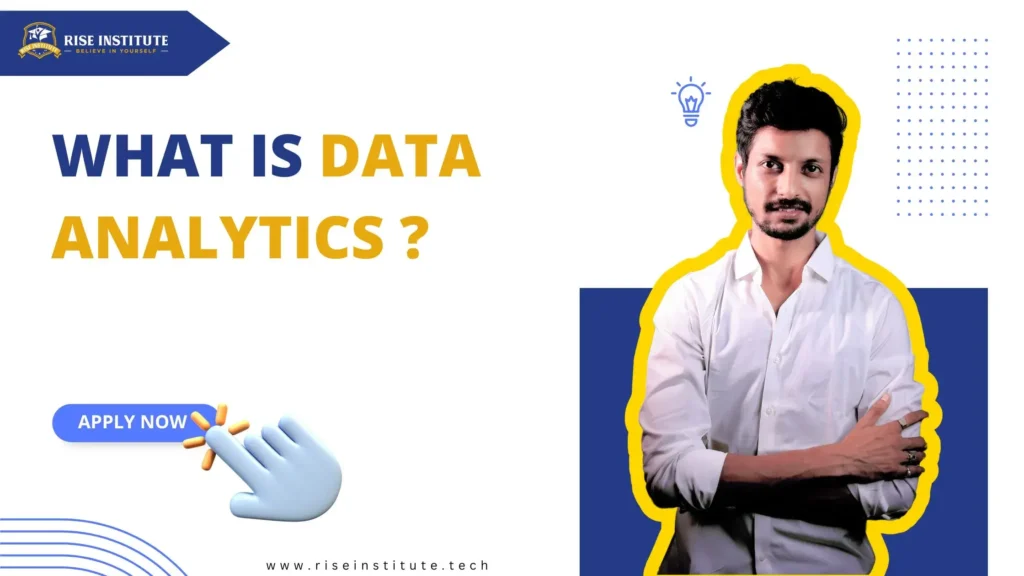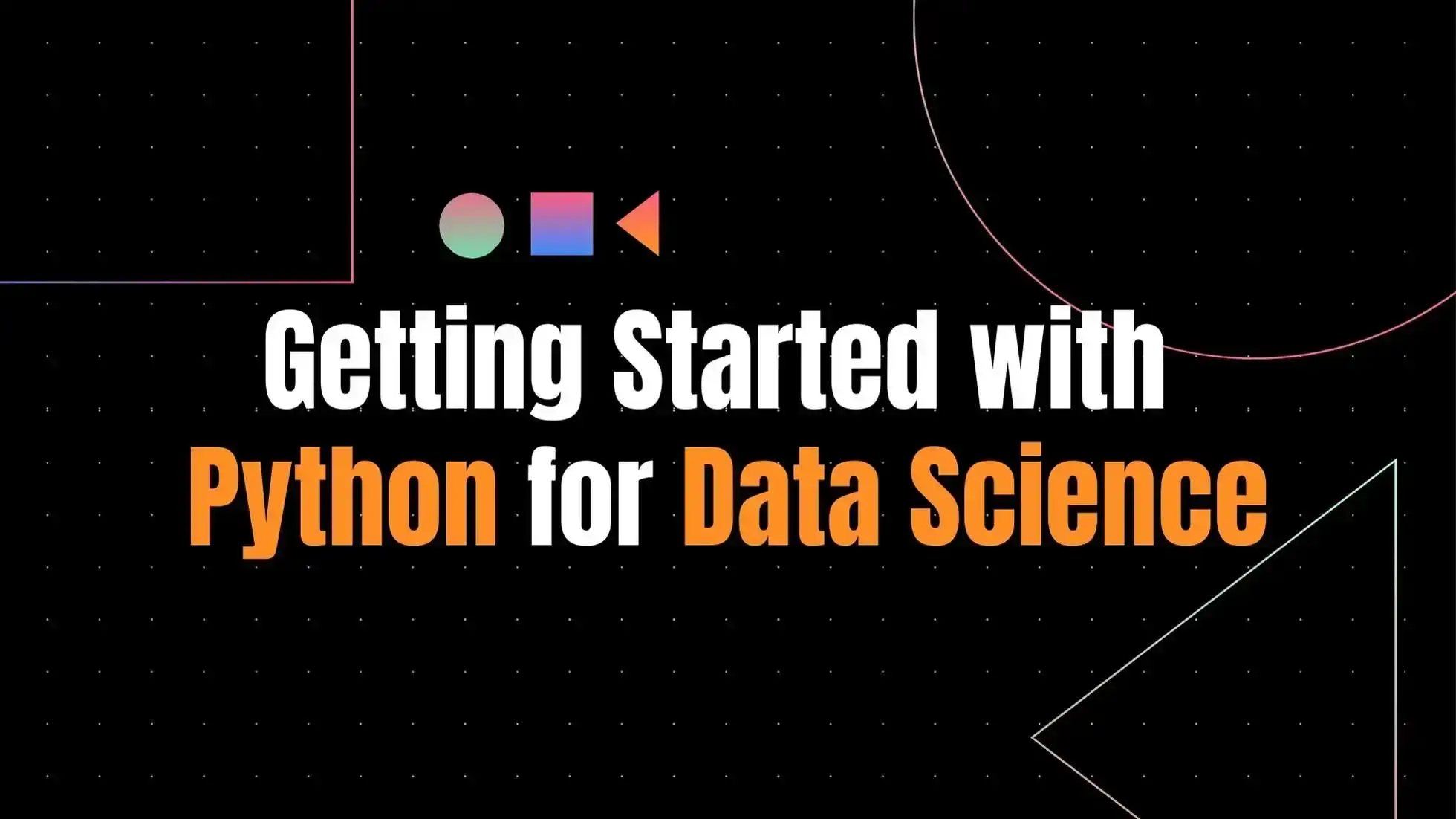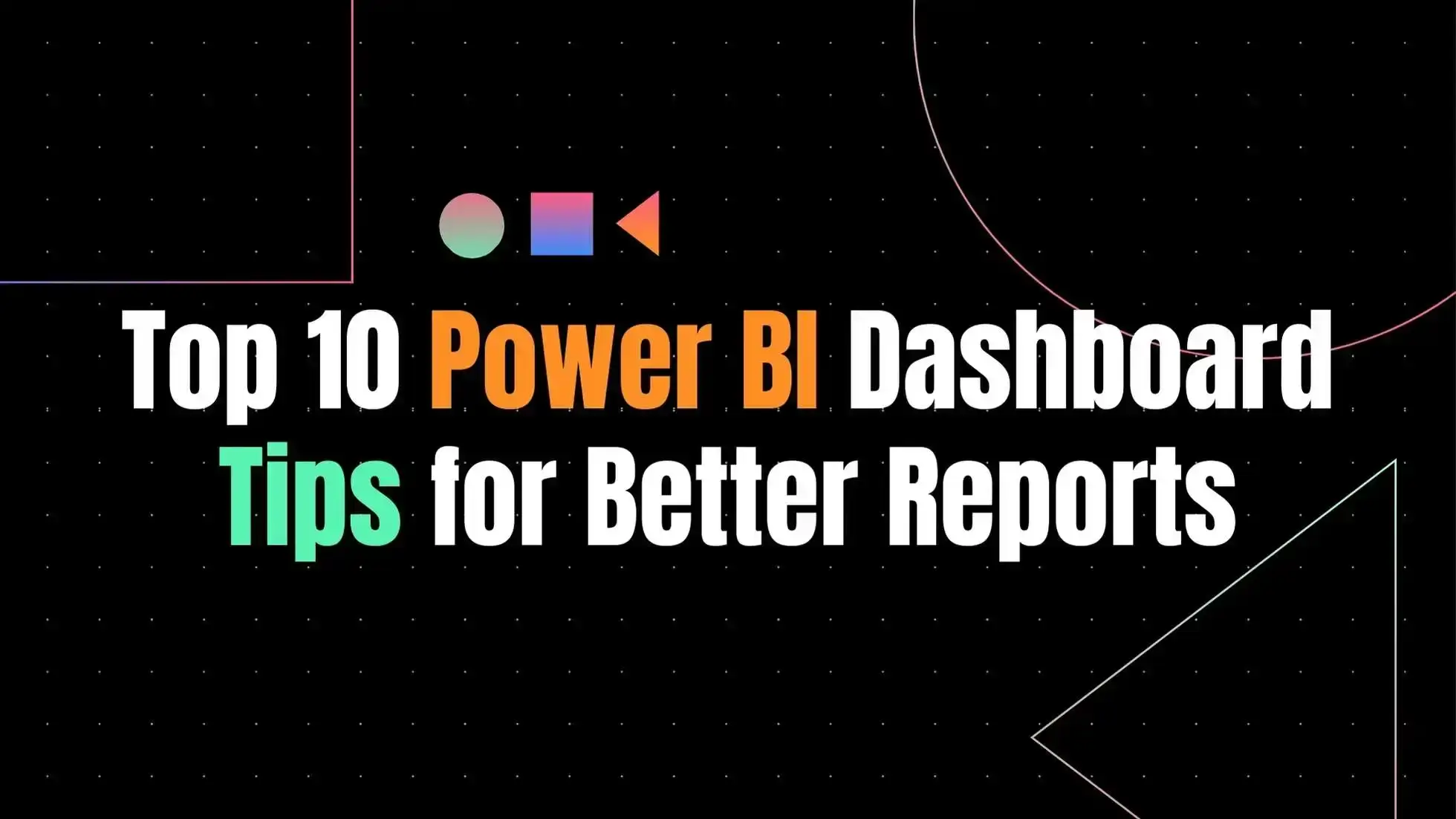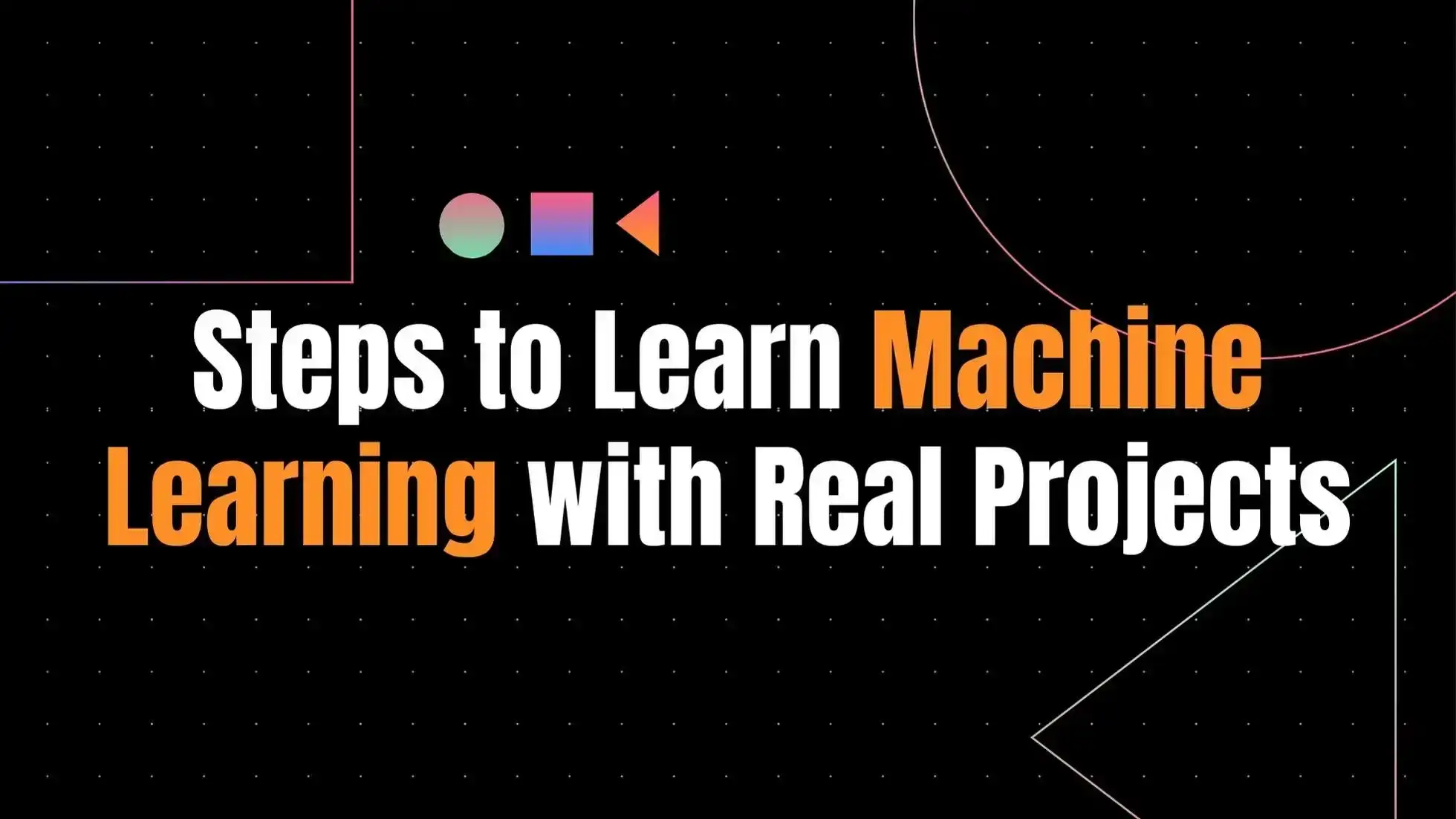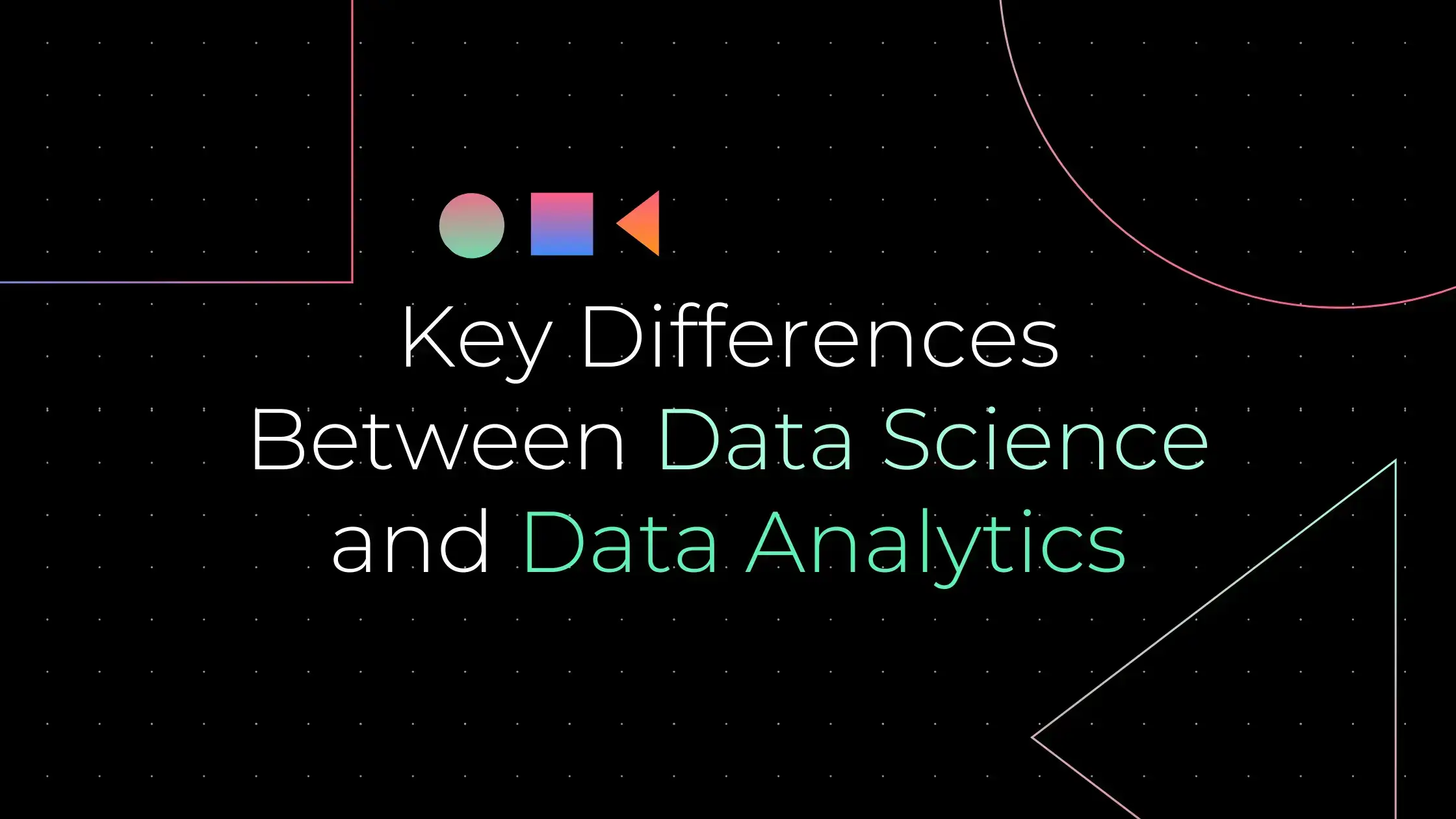What is Data Analytics?
At its core, data analytics is the science that focuses on analyzing raw data to derive conclusions and insights that are otherwise not apparent. This involves a series of steps and techniques, which I’ve outlined below to give you a clearer understanding:
- Analyzing Raw Data: The primary goal is to make sense of vast amounts of data, turning it into useful information.
- Automated Processes and Algorithms: These are employed to make data analysis accessible and interpretable by humans.
- Application Across Industries: From optimizing business performance to making informed decisions, data analytics plays a pivotal role in various sectors.
The journey of data analytics begins with identifying the data requirements and proceeds through collecting, organizing, and cleaning the data before any analysis is conducted. This multidisciplinary field draws on math, statistics, and computer science to uncover insights from data sets. Moreover, it encompasses a broad spectrum of processes beyond mere analysis, such as data science and data engineering, which are crucial for theorizing, forecasting, and building robust data systems.
Understanding these foundational elements of data analytics not only demystifies the process but also highlights its significance in today’s data-driven world.

Why Data Analytics is Important?
- Informed Decision-Making: At the heart of data analytics is its ability to empower organizations with evidence-based decision-making. This moves businesses away from intuition or guesswork towards concrete, data-driven strategies.
- Competitive Advantage and Efficiency: Companies leveraging data analytics gain a competitive edge by making faster, more informed changes. This not only increases revenue but also reduces costs and fosters innovation, thereby optimizing overall performance and efficiency.
- Understanding and Anticipation: Data analytics tools provide invaluable insights into customer trends and satisfaction. This enables businesses to not only understand current consumer behavior but also anticipate future needs, leading to the creation of more targeted marketing strategies and product improvements.
Data analytics: Key concepts
Delving into the heart of data analytics, it’s essential to grasp the variety of concepts that form the backbone of this field. Here are some of the key ideas:
Types of Data Analytics:
- Descriptive Analytics: Focuses on summarizing historical data to identify trends and patterns.
- Diagnostic Analytics: Digs deeper into data to find causes and reasons.
- Predictive Analytics: Utilizes historical data to forecast future outcomes.
- Prescriptive Analytics: Suggests actions to achieve desired outcomes based on predictions.
Core Process of Data Analytics:
- Identifying the question
- Collecting raw data
- Cleaning data to remove inaccuracies
- Analyzing the data
- Interpreting the results to make informed decisions.
Key Techniques and Tools:
- Data Mining: Unearthing patterns and relationships in large datasets.
- Statistical Analysis: Drawing inferences and making decisions.
- Exploratory Data Analysis (EDA):Understanding data’s structure and characteristics.
- Predictive Modeling: Building models for future outcome prediction.
- Natural Language Processing (NLP): Facilitating human-computer interaction.
- Business Intelligence (BI) Tools: Extracting actionable insights from raw data.
By understanding these foundational elements, individuals can better navigate the complex landscape of data analytics, leading to more strategic decisions in both business and research contexts.
Data analytics skills
To excel in data analytics, it’s essential to master a blend of technical and soft skills. Here’s a breakdown:
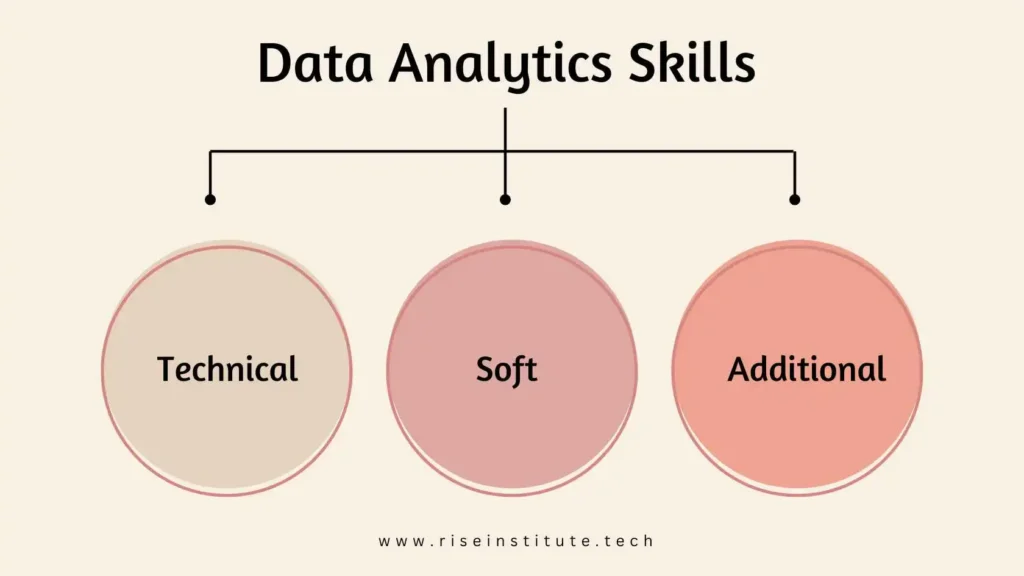
Technical Skills:
- Structured Query Language (SQL) and NoSQL for database management.
- Statistical Programming using languages like R, Python, and MATLAB.
- Data Visualization tools such as Tableau, Power BI, and Microsoft Excel to represent data comprehensively.
- Machine Learning techniques including supervised and unsupervised learning, and natural language processing (NLP).
- Big Data Technologies like Hadoop and Spark for handling large datasets.
Soft Skills:
- Critical Thinking and Problem-Solving to analyze data and draw conclusions.
- Communication Skills for effective data storytelling and presenting findings to both technical and non-technical audiences.
- Attention to Detail to ensure accuracy in data analysis and interpretation.
Additional Skills:
- Data Management and Cleaning to prepare data for analysis.
- Statistical Analysis including descriptive, inferential, and hypothesis testing.
- Domain Knowledge to understand the context of the data and its implications.
These skills are foundational for anyone looking to pursue a career in data analytics or enhance their capabilities in the field.
Data analytics jobs
- High Demand and Competitive Salaries: With an estimated growth of 23% between 2022 and 2032, data analytics roles are not only expanding rapidly but also offer salaries well above the average, at around $85,720 annually. This growth, however, is accompanied by concerns over a talent shortage, emphasizing the need for skilled professionals.
- Diverse Roles Across Industries: Data analytics professionals can find themselves in a variety of roles, such as:
- Data Analyst
- Data Scientist
- Business Analyst
- Marketing Analyst
- Financial Analyst
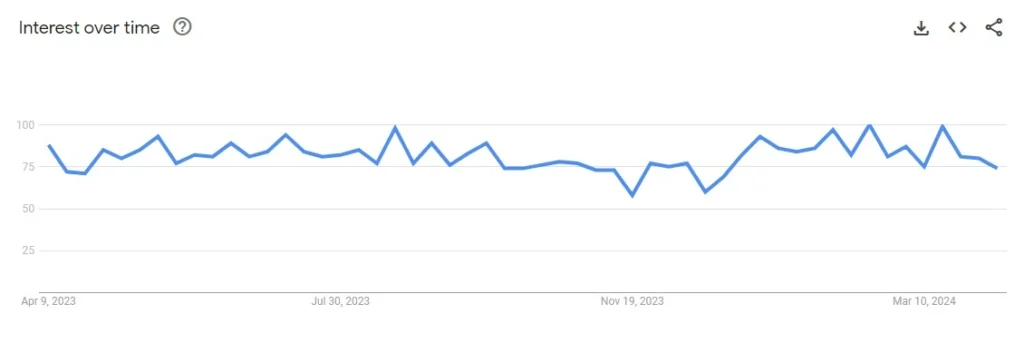
These positions involve tasks ranging from dissecting vast datasets and uncovering hidden patterns to translating numbers into actionable information for decision-making.
- Evolving Career Paths with Lucrative Salaries: The career trajectory in data analytics is not just limited to traditional roles. With the right skill set, professionals can transition to higher positions like Analytics Manager or Chief Data Officer, with salaries ranging from $61,807 for junior analysts to $183,481 for CDOs. The demand for these roles is reflected in the average salaries, which vary by role and location but consistently offer rewarding compensation .
This overview underscores the promising prospects and financial benefits of pursuing a career in data analytics, making it a compelling field for those interested in leveraging data to drive decisions and strategies.
What is big data analytics?
Big data analytics is a transformative process designed to handle the complexities of massive datasets. It’s fascinating how it employs a variety of tools and techniques to reveal hidden patterns, trends, and correlations that inform strategic decisions:
Core Process
- Collecting Data: Gathering large volumes of data from diverse sources.
- Processing Data: Utilizing powerful frameworks like Hadoop for efficient data processing.
- Cleaning Data: Ensuring data quality by removing inaccuracies and inconsistencies.
- Analyzing Data: Applying statistical analysis and machine learning algorithms to extract insights.
Key Tools and Technologies:
- Hadoop and Spark: For storing and processing big datasets.
- NoSQL Databases: Handling large, unstructured data sets.
- Tableau: An end-to-end platform for data analytics and sharing insights.
- Applications Across Sectors: Big data analytics drives innovation and optimization in various fields, including healthcare for disease detection, education for curriculum development, and banking for risk management. It’s not just about handling vast amounts of data but leveraging this data to make informed decisions, enhance customer experiences, and manage risk more effectively.
What are the different data analytics techniques?
Delving into the realm of data analytics, it’s crucial to understand the various techniques that empower analysts to transform raw data into actionable insights. These techniques can be broadly categorized into two types: Descriptive Analytics and Advanced Analytics.
1. Descriptive Analytics:
- Focuses on summarizing past events to identify trends and patterns.
- Techniques include: Descriptive Statistics, Time Series Analysis, and Data Mining.
2. Advanced Analytics:
- Leverages sophisticated tools like Machine Learning and Deep Learning for predictive and prescriptive insights.
- Key methods: Regression Analysis, Clustering Analysis, Natural Language Processing (NLP), and Anomaly Detection.
The Process of Data Analytics
Embarking on the journey of data analytics involves a structured process that ensures the extraction of meaningful insights from raw data. This process comprises several critical steps, each playing a pivotal role in the overall analysis:
- Define the Problem or Research Question: Clearly identifying what you aim to solve or understand is the first step. This sets the direction for the entire analysis.
- Data Collection: Gathering relevant data from various sources to address the problem or question. This step is foundational, as the quality and quantity of collected data directly impact the analysis.
- Data Cleaning: Given that data cleaning consumes a significant portion of the process, this step involves removing inaccuracies such as duplicate, irrelevant, or incorrectly formatted data to ensure the data’s quality and reliability.
- Data Analysis: At this stage, the cleaned data is methodically explored and interpreted using various techniques, aiming to draw conclusions and make predictions. This is where the data begins to reveal its hidden insights.
- Data Visualization: Utilizing tools and technologies, the analyzed data is then visualized. This step is crucial for communicating the findings effectively, making complex data understandable at a glance.
- Interpretation and Presentation: The final step involves interpreting the visualized data to make informed, data-driven decisions and presenting the findings. This is where the value of the entire process is realized, as it translates data into actionable insights.
By adhering to these steps, the process of data analytics becomes a powerful tool for uncovering valuable insights, supporting decision-making, and driving strategic actions.
Applications of Data Analytics Across Industries
In exploring the vast applications of data analytics across various industries, it’s evident that this technology is not just a tool but a pivotal element in driving efficiency, innovation, and enhanced decision-making:
- Healthcare: Leveraging complex data from facilities and monitoring devices, data analytics aims to improve patient care by identifying risks early on and ensuring timely interventions, thereby reducing costs significantly.
- Retail: By analyzing consumer patterns, buying preferences, and trends, retailers can offer personalized recommendations, optimize their supply chains, and devise targeted marketing strategies for enhanced customer experiences.
- Finance: Financial institutions utilize data analytics for a broad spectrum of applications including risk management, customer and product analytics, and branch network analytics, enabling them to offer customized solutions to customers and identify potential fraud risks.
- Transportation: From optimizing routes to avoid traffic and construction to improving ticket booking systems and maintenance operations, data analytics helps in cutting costs and providing improved services in both airways and railways.
- Government: Data analytics empowers government organizations to manage data effectively, ensuring security, transparency, and efficient decision-making. This includes minimizing fraud, reducing costs, and optimizing service delivery to the public.
These examples highlight the transformative power of data analytics, demonstrating its ability to not only streamline operations but also to foster innovation and deliver immediate, tangible benefits across industries.
Emerging Trends and Future of Data Analytics
As we delve into the future of data analytics, it’s clear that the role of Artificial Intelligence (AI) and augmented analytics is becoming increasingly significant. Here’s a breakdown of emerging trends:
1. AI in Data Analytics:
- Enhances the capabilities of data analysts, rather than replacing them.
- Automates routine tasks such as data cleaning and preprocessing, allowing analysts to focus on more complex analysis.
- Assists in intricate tasks like statistical analysis and visualization, streamlining the data analytics process.
2. Growth and Market Projections:
- The global AI market size is anticipated to grow by 37% by 2030.
- Augmented analytics is expected to witness a Compound Annual Growth Rate (CAGR) of nearly 26% through 2027, reaching a valuation of more than $32 billion.
- By 2025, over 50% of critical data will be created and processed outside of traditional data centers and cloud, highlighting the shift towards edge computing.
- Global spending on edge computing is set to reach $208 billion by the end of this year, marking a 13.1% increase from 2022.
3. Educational Resources:
- For those looking to stay ahead in the field, resources like Google’s Foundations: Data, Data, Everywhere course, Duke University’s Data Analysis and Visualization course, and the University of Michigan’s Python for Everybody Specialization are invaluable for upskilling.
These trends underscore the evolving landscape of data analytics, where the integration of AI and augmented analytics is not only enhancing efficiency but also opening new avenues for data exploration and insight generation.

Frequently Asked Questions
Q.1 What are the top data analytics courses available?
Finding the best course for data analytics depends on your learning style, career goals, and the specific skills you wish to acquire. Various reputable platforms offer comprehensive courses tailored to beginners and advanced learners alike.
Q.2 Is enrolling in a data analytics course beneficial for my career?
Yes, taking data analytics course in navi mumbai can significantly enhance your career. It equips you with valuable analytical skills that not only set you apart from your peers but can also lead to higher salaries and opportunities for promotion.
Q.3 Can someone with a B.Com degree pursue a career in data analytics?
Absolutely, a B.Com graduate has the potential to embark on a career as a data analyst. This path opens up a plethora of job opportunities across different sectors, leveraging the diverse skills acquired through their degree.
Q.4 How challenging is it to learn data analytics?
While learning data analytics may present some difficulties, especially for those new to programming or statistical analysis, it is entirely achievable with persistence. Access to the right learning materials and a well-planned study approach can greatly ease the learning process, making it possible to master data analytics.

